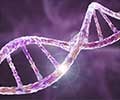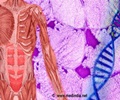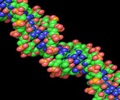Researchers have developed a new technique to find out which DNA mutations cause disease.
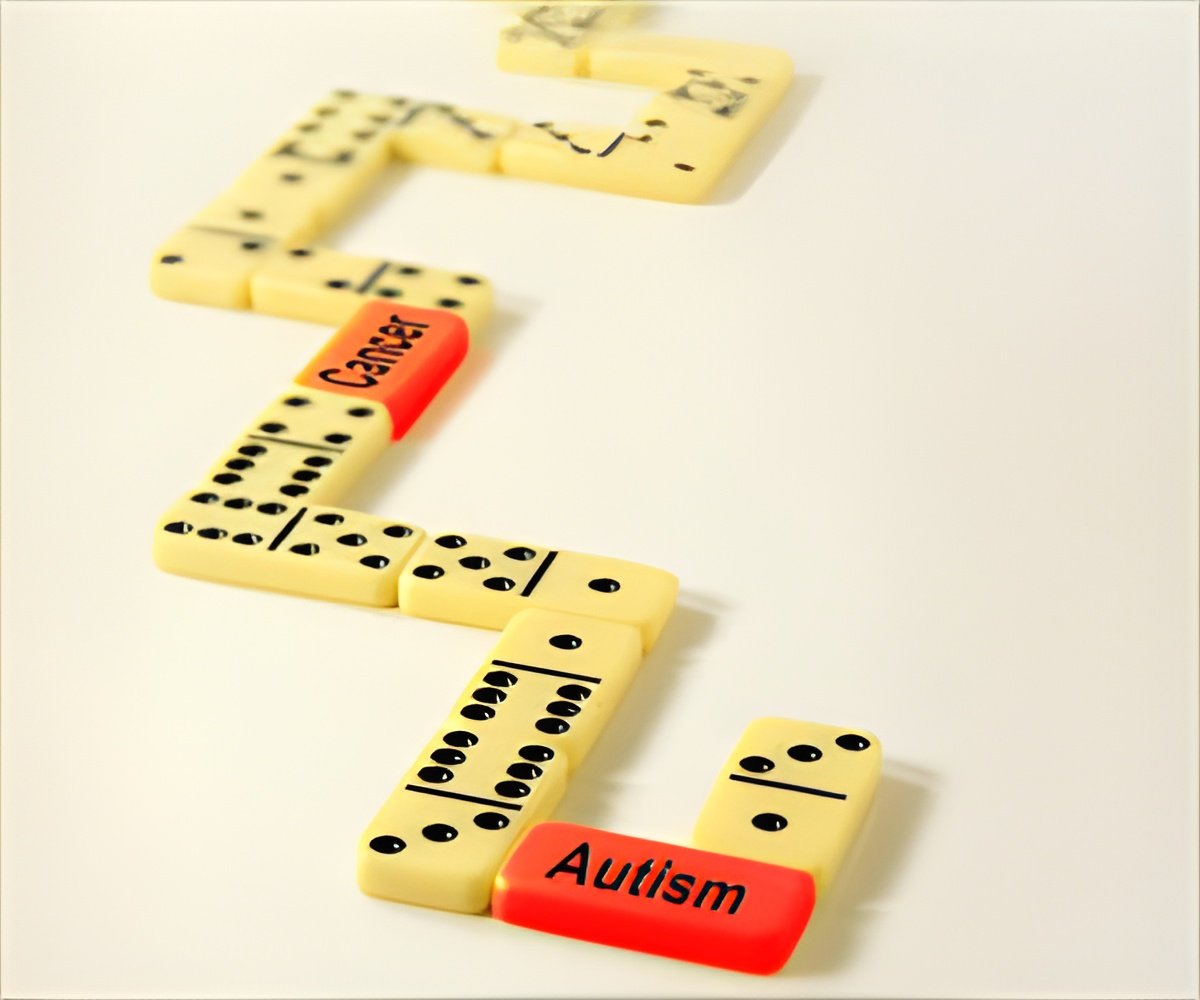
They used their method to discover unexpected genetic determinants of autism, hereditary cancers and spinal muscular atrophy, a leading genetic cause of infant mortality.
What was Frey’s approach? We know that certain sections of the text, called exons, describe the proteins that are the building blocks of all living cells. What wasn’t appreciated until recently is that other sections, called introns, contain instructions for how to cut and paste exons together, determining which proteins will be produced. This ‘splicing’ process is a crucial step in the cell’s process of converting DNA into proteins, and its disruption is known to contribute to many diseases.
Frey’s team used a new technology called ‘deep learning’ to teach a computer system to scan a piece of DNA, read the genetic instructions that specify how to splice together sections that code for proteins, and determine which proteins will be produced.
Unlike other machine learning methods, deep learning can make sense of incredibly complex relationships, such as those found in living systems in biology and medicine. “The success of our project relied crucially on using the latest deep learning methods to analyze the most advanced experimental biology data,” says Frey.
They then launched a huge effort to tackle a condition with complex genetic underpinnings: autism spectrum disorder. “With autism there are only a few dozen genes definitely known to be involved and these account for a small proportion of individuals with this condition,” says Frey.
However, when they used their deep learning system to rank mutations according to how much they change splicing, surprising patterns appeared. “When we ranked mutations using our method, striking patterns emerged, revealing 39 novel genes having a potential role in autism susceptibility,” Frey says. And autism is just the beginning—this mutation indexing method is ready to be applied to any number of diseases, and even non-disease traits that differ between individuals.
Dr. Juan Valcárcel Juárez, a researcher with the Center for Genomic Regulation in Barcelona, Spain, who was not involved in this research, says: “In a way it is like having a language translator: it allows you to understand another language, even if full command of that language will require that you also study the underlying grammar. The work provides important information for personalized medicine, clearly a key component of future therapies.”
Source-Medindia
 MEDINDIA
MEDINDIA
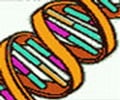
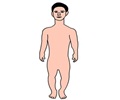
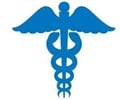

 Email
Email
